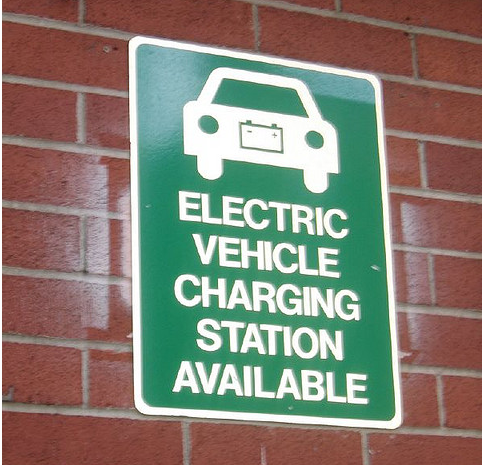Moving From Fuelling Stations To The Wall Plug

If we look at the current rate of crude oil production, around 30 billion a year, we will run out of crude oil in the next 42 years. What this statistic does not show is that every year there are roughly 10 percent more vehicles on the road. Therefore, this estimate could be closer to the 30 to 35 year mark.
Since we cannot afford to simply get out of our cars and walk when the crude oil runs out, what does the future hold in store for motorists? Simply put, motorists need to move away from fuelling – petrol – stations towards the plugs in their garages.
The answer is the electric vehicle. A plug-in hybrid electric vehicle – or PHEV for short – is a vehicle which uses rechargeable batteries to drive the motor forward. This rechargeable battery connects to a wall plug and recharges the vehicles motor. The cost of recharging is estimated at around a quarter of filling up your vehicle at a gas station.
How does the electrical motor work? An electromagnet is the basis of an electric motor. Here is a demonstration of how an electric motor works: Assume that you are using an electromagnet wrapped loops of wire around a nail and connecting it to a battery. The nail would become a magnet and have a north and south pole (positive and negative) where the battery is connected.
Take your nail and run an axis through the middle and suspend this nail in the middle of a nail. The law of magnetism explains that: The north end of the electromagnet would be forced away from the north end of the horseshoe magnet and attracted to the south end of the horseshoe magnet. The south end of the electromagnet would be forced away and pushed towards the north end. The nail would move a half a turn and then stop. The reason the nail would stop is that positive and negative attracts, while a positive and a positive propels. Therefore, in the case of a vehicle, the force created from the propelling drives the vehicles motor forward.
The technology in an electric motor takes this technology further, when the half turn completes, the field of the electromagnet flips, and forcing the magnet to then flip once more. These flips occur at a speed that drives power to the motor and therefore, driving the vehicle forward.
An electrical vehicle is cheaper to run and does not depend on oil supplies. Ensure that you make the switch and go electrical; this is the future of motoring.
I am Greg Jones, a hybrid and green lover. I recently attended a two day green energy conferences talk on hybrid vehicles and how this is the future of motoring. The talk has sold me on the idea of going green and driving a hybrid vehicle. My wife and I now both drive the new Toyota Prius and the cost saving is incredible.



